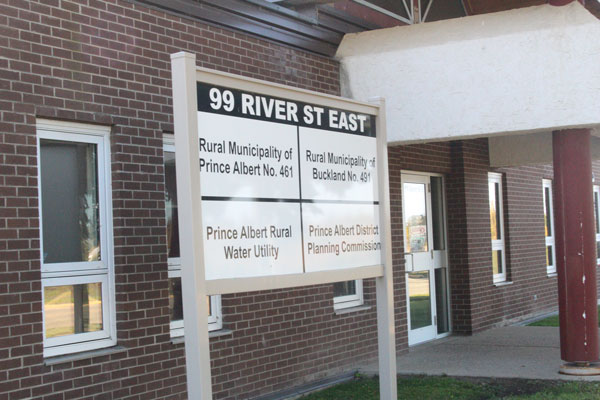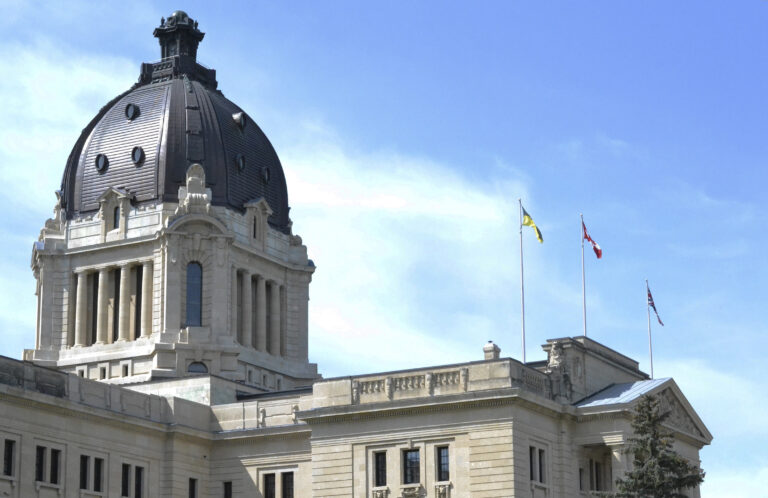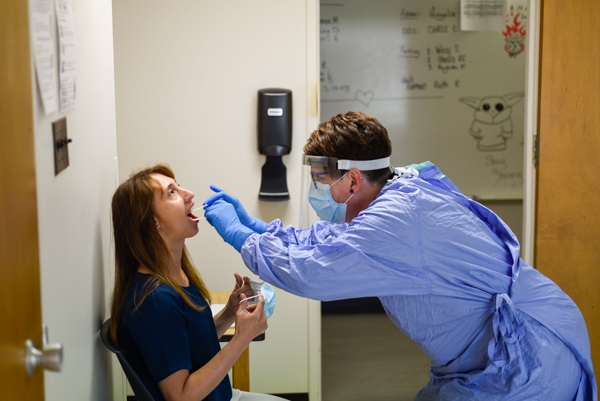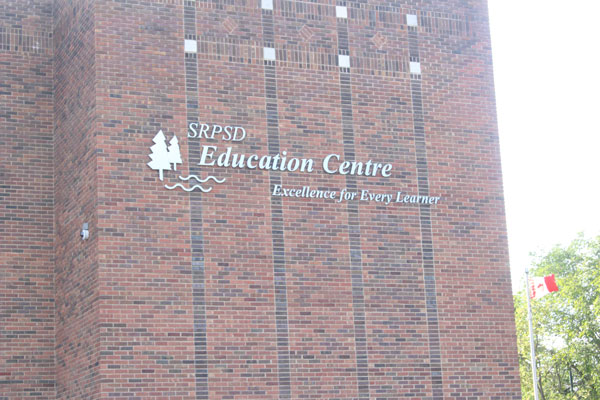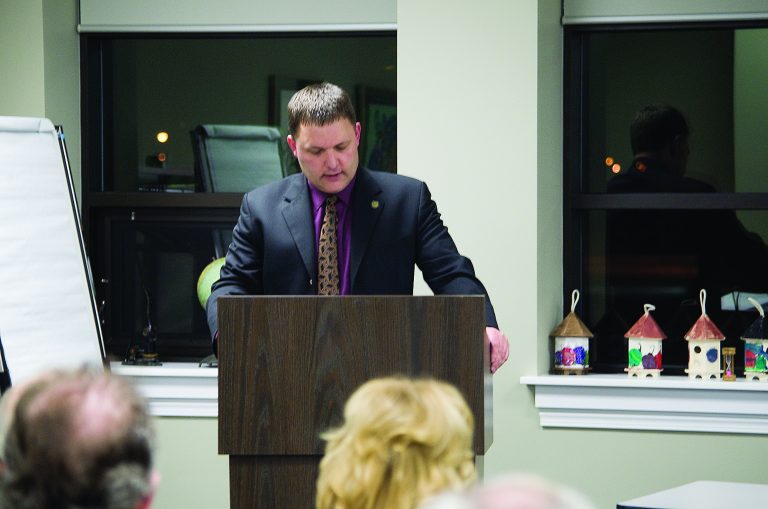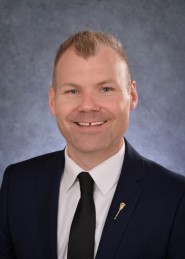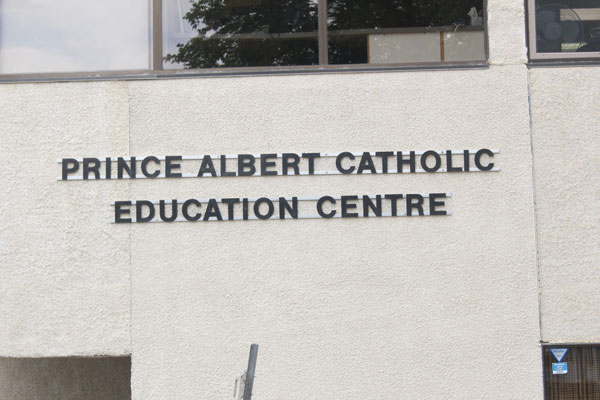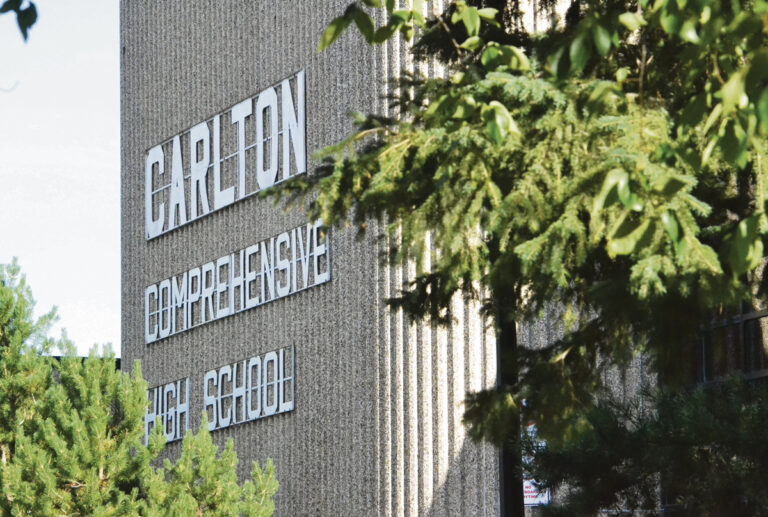After months of work, the council of the Rural Municipality of Prince Albert passed their Pandemic Strategy and Relief policy at their regular meeting on Dec. 10.
The matter was discussed at both October and November’s council meetings. Some work was done by administration involving policy around masks in shop trucks as well as hand sanitizer policy.
Council had initially discussed a mask policy for RM employees, which came from the Occupational Health and Safety meeting from October.
Reeve Eric Schmalz explained that the new policy is viewed as fair and equitable to employees in the RM. The whole idea of pandemic relief is new to most municipal government’s in the COVID-19 pandemic. It gives the options to employees who are not comfortable wearing masks.
“It was important to cover those bases because I know that there are some people that are unable to wear a mask and we might have to look at alternate means of protecting themselves and protecting others,” Schmalz said.
There were also adjustments to policy around sick leave regarding the COVID-19 pandemic related to matters such as self-isolation.
Assistant administrator Karri Willick outlined the policy to council.
The final policy included items such as proper physical distancing and staying home if you are feeling sick. The policy will be aligned with any changes coming from the Saskatchewan Health Authority (SHA). Willick was in contact about facemasks and if employees want to be medically exempt from wearing masks. Essentially information must be provided before this can be the case. If a facemask is not suitable as a substitute for a mask there must be information from a doctor.
There must be alternative options provided and if those do not work then the employee will be provided alternate work, if that is not workable employees will be sent home. The Saskatchewan Association of Rural Municipalities (SARM) also offers coverage for employees along with options from the Canada Revenue Agency to assist employees. The current sick leave policy will remain in place. Council passed the new policy unanimously.
Due to issues arising during the meeting the council will be concluding their agenda on Thursday, Dec. 17.
New grading policy put in place by RM of Prince Albert
After the record snowfall on the weekend leading up to Election Day on Nov. 9 the RM felt stress because of the snow and has instituted a first ever policy around grading roads and approaches which was passed at their meeting on Dec. 10.
The policy was put in place to find an effective means of mitigating snow being pushed onto properties
“What we did was there was some complaints and follow ups after that the RM had just left ridges on people’s approaches. And apparently there was no policy on how to deal with that,” Schmalz said.
“Our main objective is to get the arterial roads cleared and be able to provide means of getting access and egress for our ratepayers to get from their homes to the city and also for emergency services to be able to attend if there is an incident that requires medical or police or fire intervention,” Schmalz said.
In the new policy main roads remain the priority and approaches are secondary. Graders will create paths into driveways.
“So now we have created a policy where we will be able to still go back and clean up the approaches to a certain degree to allow for people to be able to get out of their homes,” Schmalz said.
The snow gates left by graders were also set by the new policy.
Council also approved their fire services agreement with the City of Prince Albert during the meeting. The new three-year agreement between the RM and the City of Prince Albert Fire Department now awaits approval from the City.
“We have signed the contract as it was presented to us after our amendments and the city’s amendments were made to the contract. We were satisfied and we signed it now we just have to wait for the city to sign their portion,” Schmalz said.
“It has just got to be ratified by the city and signatures put on blocks,” he added. One change is that the PAFD will now respond to all smoke alarms and CO alarms with a wellness check if a homeowner can’t be reached by the alarm company.

